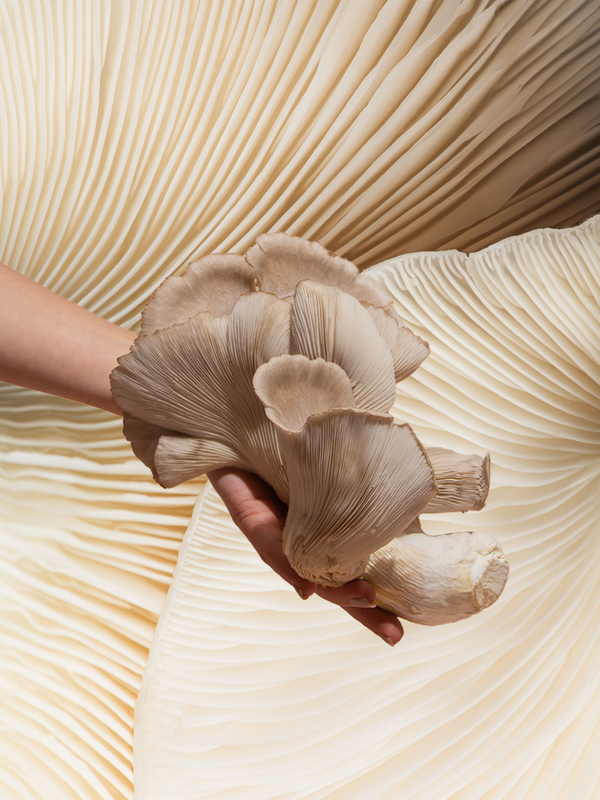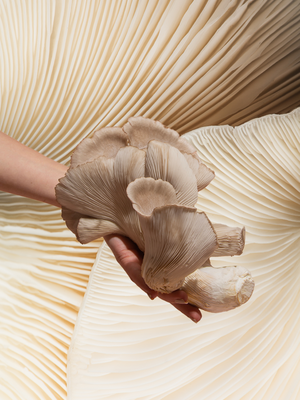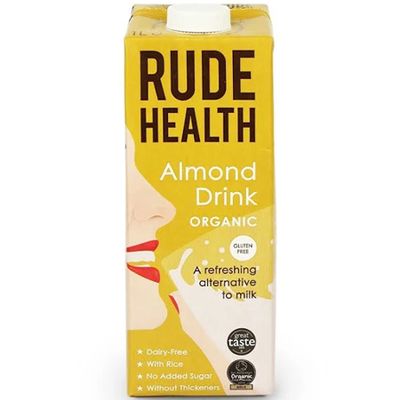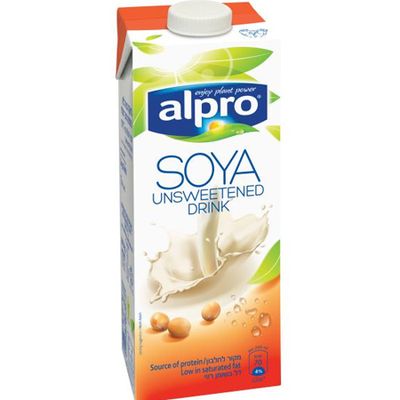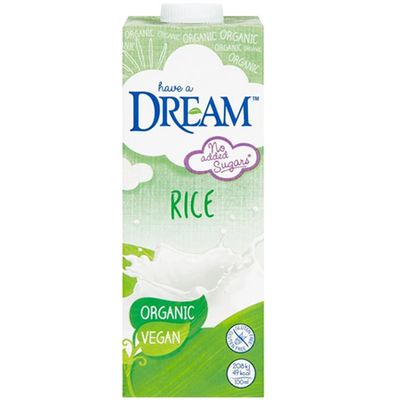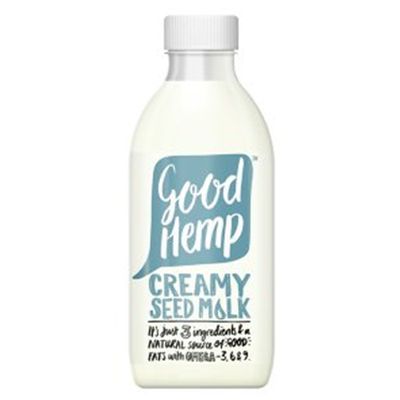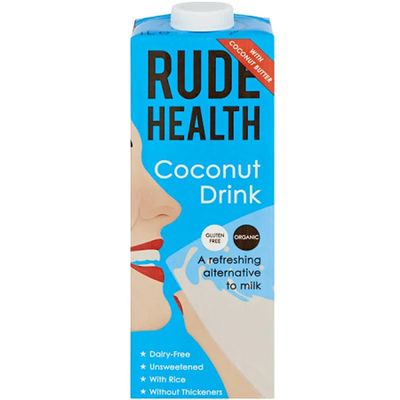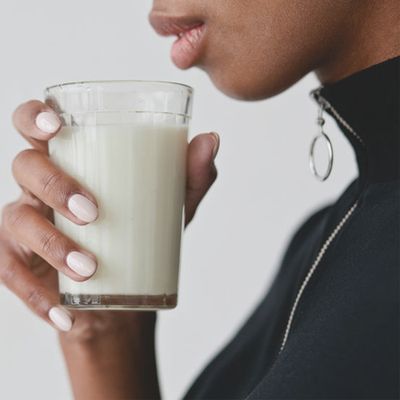
Should You Give Up Drinking Cow’s Milk?
The Different Types Of Cow Milk
Let’s break down the labels: firstly, there’s whole milk, semi-skimmed and skimmed. This relates to the fat content – the milk will go through a process which separates and removes the natural fat, which is then re-blended into the liquid at varying levels, or not at all, in the case of skimmed milk.
According to The Dairy Council, whole milk has at least 3.5g of fat per 100ml of milk, semi-skimmed has at least 1.5g, and skimmed does not exceed 0.3g.
Then, there’s the way it’s made:
Pasteurised: The milk is heated up very quickly and cooled down again. This process ensures that harmful bacteria are reduced in number so that they do not constitute a health risk.
Separated: The milk is separated into its cream component (rich in fat) and liquid component.
Standardised: The cream and liquid component are re-blended so that the milk contains the exact amount of fat required depending on whether it is to be consumed as whole, semi-skimmed or skimmed. Lower-fat options tend to have less vitamin A and vitamin E than whole milk, but have more minerals such as calcium, potassium and phosphorus.
Homogenised: Milk contains fat globules of different sizes. This means that, if left to set, the larger globules would make their way to the top and form a cream layer. Homogenisation is a process where the milk is pushed through a hole with such pressure that the larger fat globules are broken down and dispersed within the milk. This gives milk an even, more palatable consistency.
The Health Benefits
It’s common knowledge that milk is good for your bones because it’s a rich source of calcium, which is essential for healthy teeth and bones. Calcium, alongside the vitamin D in milk, helps to prevent osteoporosis.
Leading London nutritionist Lily Soutter, says cow’s milk isn’t harmful, as long as you’re picking the right ones: “Watch out for added sugar, and make sure they have added vitamins and minerals – some milks state when these have been added. Always check the labels; if calcium, vitamin B12 and vitamin D haven’t been added, and you’re cutting these out for whatever reason, you could be at risk of developing deficiencies. Iodine is often forgotten about – I have only come across on milk alternative, an oat milk from M&S that has added iodine.”
Interestingly, cow’s milk is also a great source of protein – The Dairy Council say that a 200ml glass of semi-skimmed milked contains 31% of your recommended daily allowance, which is great for building healthy muscles and also contributes to bone health.
The Cons Of Drinking Milk
There is often the rumour that cow’s milk is pumped with growth hormones, but Lily says that is simply not true: “Despite the vast amounts of negative press, there has been a ban on injecting cows in the UK for many years. Cow’s milk isn’t harmful or bad for us in any way. It contains a range of vitamins and minerals, which support bone health including calcium, protein, vitamin B12 and iodine.”
The negatives associated with drinking cow’s milk are often confused with what ultimately comes down to the individual’s genetics and lifestyle choices. “If you’re lactose intolerant, a common digestive problem in which the body is simply unable to digest lactose (a type of sugar mainly found in milk), then you will suffer with bloating and IBS-like symptoms. As well as this, if you have a cow’s milk allergy, you can suffer with a wide range of symptoms, including skin reactions, digestive problems and hay fever-like symptoms.”
Another big concern is the saturated fat content in milk – but it’s all about moderation, Lily explains: “If you consume whole fat milk alongside many other dairy products that are high in fat, you could be consuming more than 20g of saturated fat a day, which could lead to high cholesterol levels and an increased risk of cardiovascular disease. However, if you don’t have a fatty diet, consuming full fat milk can be a great way to reap the added benefits, including fat-soluble nutrients, vitamin D and vitamin A.”
There is also the worry over drinking milk and the health of your skin – according to WebMD, a medical journal written by skin expert F. William Danby, said that milk contains components related to the hormone testosterone that may stimulate oil glands in the skin, setting the stage for acne. But they also add that, despite many noting the link between the two, there isn’t concrete evidence: “Although studies have shown associations between dairy and acne, they don’t show cause and effect, and they don’t prove that dairy causes acne. Anecdotes from people who've quit dairy also don't mean that the same will be true for you.”
The Milk Alternatives
If you’re not lactose intolerant or have a dairy allergy, there’s no inherent need to give it up. “I switch between semi-skimmed cow’s milk and oat milk,” Lily says. “Over the last two months, I have had solely oat milk because I have polycystic ovaries and often suffer with greasy skin and hair. Oat milk has the added benefit of beta glucan. This is a type of fibre that helps to lower cholesterol levels. I also like oat milk for the taste, especially in my morning porridge.”
If you fancy making the change, though – or, like Lily, want to see if cutting down will improve your skin health – there’s plenty of great alternatives.
Soy milk: Soy milk is made with soybeans and typically has a mild and creamy flavour. (However, this taste can vary between brands.) Nutrition-wise, soy milk is one of the closest non-dairy substitutes to milk, containing a similar amount of protein, but no as many calories or fats.
Almond milk: Almond milk is made with either whole almonds or almond butter mixed with water. It has a light, nutty flavour and is ideal for mixing into teas and coffees. It contains around a quarter of the calories and half the amount of fat as cow’s milk.
Coconut milk: This is made from the water and flesh of a coconut. Obviously, it has a pretty coconutty flavour, and is often used in Asian cuisine. If you’re looking for a healthier alternative, then this is the one for you – it contains the least calories, and half the amount of fat, as well as lowered protein and carbs.
Oat milk: Made from oats and water, this is sweet and mild and often eaten with cereal. It has a similar number of calories as cow’s milk, about half the amount of protein and fat and nearly double the carbs.
Hemp milk: Hemp milk is made from the seeds of the hemp plant, Cannabis sativa. It’s the same species used to make marijuana. It has a nutty, sweet flavour and is rather watery compared to the others.
Rice milk: This is made from milled white or brown rice mixed with water. Rice milk is the least allergenic of all the non-dairy milks and is often considered the safest option.
DISCLAIMER: We endeavour to always credit the correct original source of every image we use. If you think a credit may be incorrect, please contact us at info@sheerluxe.com.


